Robert Pearl Antiques
Southern Antiques and House Restoration
J
A
M
E
S
G
H
E
E
N
A
L
A
M
A
N
C
E
C
O
U
N
T
Y
Alamance County Putty Inlay
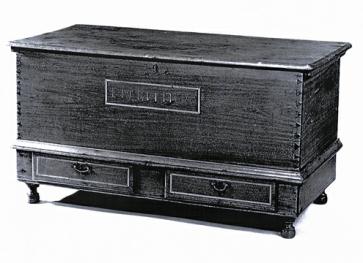
I have been asked to identify blanket chests with wood and putty inlay as to the possibility of an Alamance County, N.C. origin more than any other group. So, we first start with the Whitsett family chest, Alamance County, dated 1765.
The reason I bought this chest is it represents the earliest form of cabinet making in Piedmont, North Carolina. I didn't realize at the time it also represents the beginning of the putty inlay group. The diminutive turned feet are typical of the early Piedmont and are the terminus of a square post which sets the frame work for the lower case. The lower case is made of four boards lap jointed at the corners and nailed to the foot posts. The posts continue up through the bottom of the dovetailed chest which rests on the lap jointed base. Notice the tight dovetail pattern and the chamfered posts as they protrude through the bottom board of the dovetailed upper case. Also of importance, the wood inlay initials begin with a three vertical dot decoration which also separates the initials and is seen again after the date. Dot decoration is associated more with Alamance County because it is used as a wood inlay, putty inlay, paint decoration on furniture and as a slip decoration on earthen ware. This chest came with an extensive genealogical back. The chest is in the Colonial Williamsburg Foundations Collection.
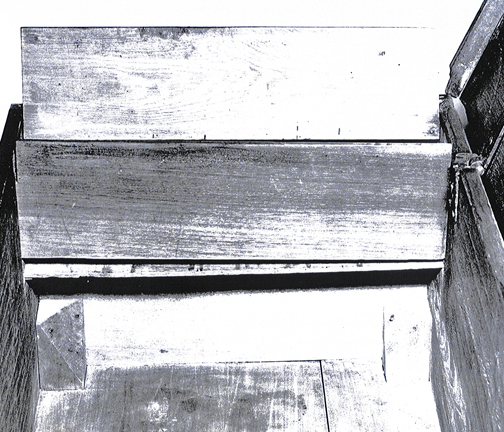
Next in the group is the chest dated 1794 which descended in the Parrish family. The Parrish family resided around Pleasant Garden, Guilford County, ca. 1900 and earlier. Most likely this chest descended into the family by marriage. I bought the chest at an estate sale in Raleigh.
There are other two drawer blanket chests that predate this chest, but the use of bracket feet changes the
construction of the foot blocking. This chest, with its simple bracket foot, allows the continued use of a chamfered
post as foot blocking which protrudes through the bottom of the chest.
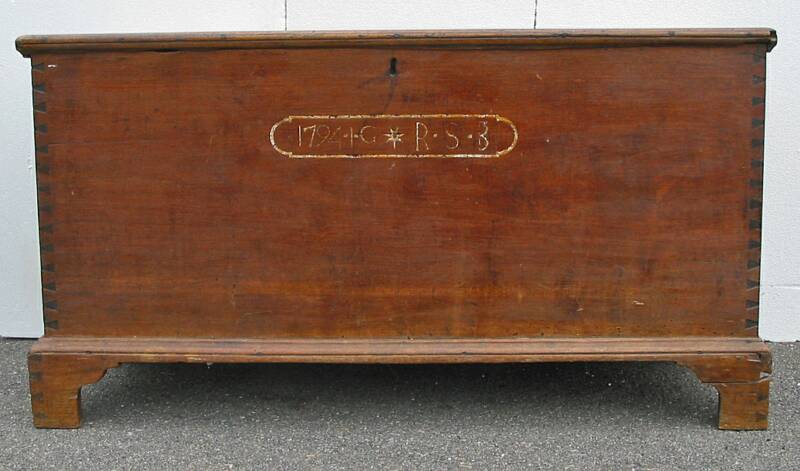

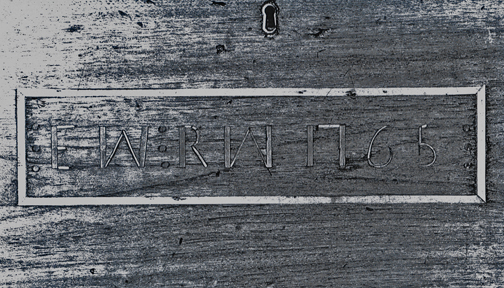
Photos courtesy of MESDA.
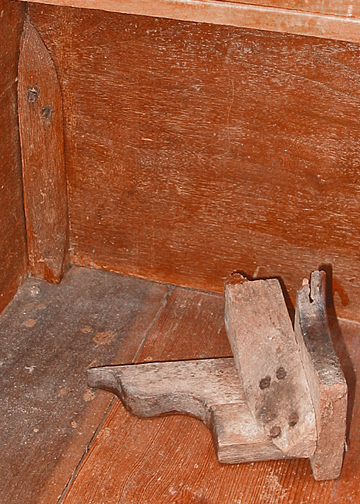
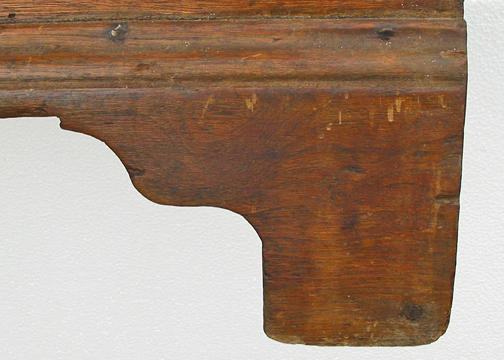
The putty inlayed tombstone panel is typical as is the use of a star or compass and the dots between dates and letters. Some inlays are of wood and an in-depth study could show the construction details of a different maker.
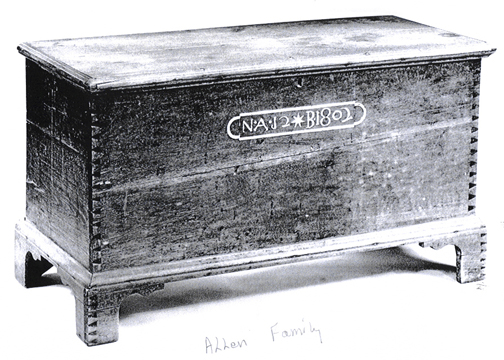
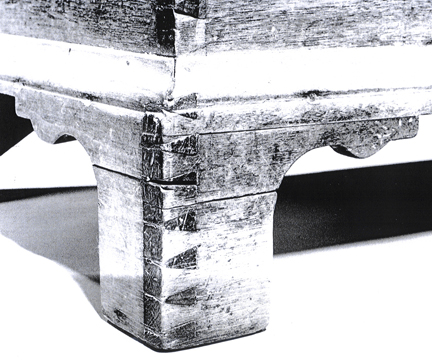
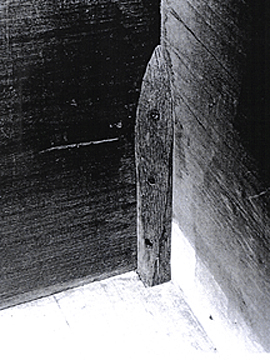
The Allen family chest has an interesting history, it was stolen from the family and later found and returned to the family. A piece of paper explaining when where and how it was found accompanied the chest, signed by the sheriff of Alamance County at the time. I bought the paper after I had sold the chest and reunited the two.
This chest is almost identical to the 1794 Parrish chest. What is so interesting is the foot profile changes after 8 years to a slightly more elaborate profile. How often have we used a foot profile to identify a cabinet maker?

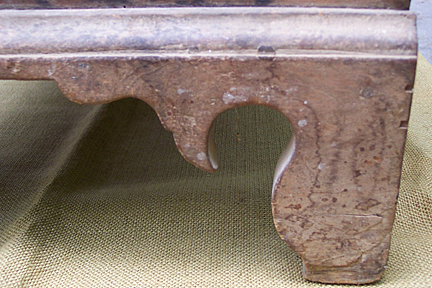
Photos courtesy of MESDA.
The following photo's were taken by a North Carolina collector and forwarded to me. If the case work matches the previous pieces, then this example demonstrates how quickly some schools of cabinet making adapted to changes in styles. Only five years older and a much more elaborate foot profile.